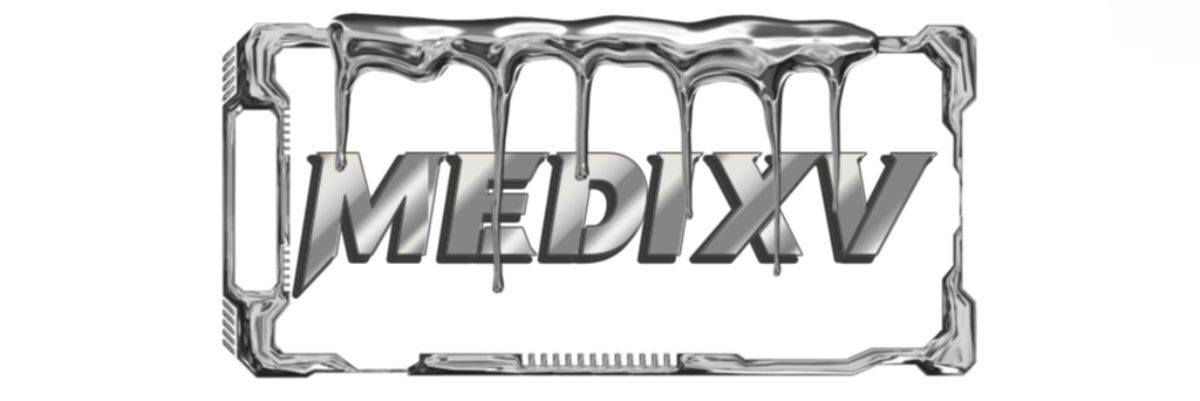How Can We Ensure Industrial Heat Exchanger Efficiency in Extreme Conditions?
Have you ever wondered how industries can maintain efficiency despite the harshest environments? Industrial heat exchangers play a crucial role in this. They are essential components in various industries, from power generation to oil and gas, helping to transfer heat between fluids. But ensuring their efficiency in extreme conditions? That’s where the real challenge lies.
Are you interested in learning more about Industrial Heat Exchangers? Contact us today to secure an expert consultation!
Understanding the Challenges
Extreme conditions, such as high temperatures, corrosive substances, and varying pressure levels, can significantly impact the performance of industrial heat exchangers. Did you know that inefficient heat exchangers alone can result in up to 30% energy loss in an industrial system? This isn’t just a technical problem; it affects your bottom line, operational efficiency, and even workplace safety.
To tackle these challenges, regular maintenance and upgrades are non-negotiable. For instance, industries employing heat exchangers made of corrosion-resistant alloys report a 25% longer lifespan compared to traditional materials. This not only cuts down replacement costs but also ensures reliability in critical processes.
The Role of Technology and Innovation
Have you heard about the recent advancements in heat exchanger technology? Innovations like enhanced surface designs and digital monitoring systems have revolutionized how we approach industrial heat transfer. Cutting-edge technologies improve heat transfer rates and reduce energy consumption, making operations more efficient.
For example, companies utilizing smart sensors can monitor the performance of their heat exchangers in real-time. This allows for predictive maintenance, reducing unforeseen downtimes by up to 40%. Imagine your team being alerted to a potential issue before it escalates, saving time and resources.
Solutions for Extreme Conditions
To fully ensure efficiency, let’s dig into some tangible solutions:
Material Selection: Choosing the right materials is vital. Using advanced materials such as titanium or specialty stainless steel can withstand both extreme temperatures and corrosive environments.
Explore more:
Potassium Diformate vs. Formic Acid: Key Differences ExplainedModular Design: Modular heat exchanger designs allow for easy upgrades and replacements without the need to shut down entire operations. This flexibility ensures that efficiency is maintained without costly downtimes.
Regular Training: Investing in employee training to understand how to operate and monitor heat exchangers properly can improve efficiency significantly. Knowledge is power, after all, and understanding the workings of these systems can lead to better operational decisions.
Looking Towards the Future
The future of industrial heat exchangers is not just about maintaining the status quo; it’s about pushing the boundaries of what’s possible. With the rise of digitalization and Industry 4.0, we’re seeing more integration of artificial intelligence and machine learning into these systems. AI-driven algorithms can optimize the operation of heat exchangers in real-time, adapting to varying conditions and maximizing efficiency like never before.
Additionally, with increasing global focus on sustainability, the next generation of heat exchangers is expected to play a significant role in reducing carbon footprints. Enhanced thermal performance means less energy consumption, ultimately leading to lower greenhouse gas emissions. Isn’t that a win-win?
User-Centric Approach
When we talk about efficiency in industrial heat exchangers, it’s important to remember the human element. Streamlining processes not only boosts productivity but also contributes to a safer work environment. Higher efficiency means less wear and tear on equipment, lowering the risk of failures that could lead to hazardous conditions.
By addressing the specific needs of your operations and challenges faced, implementing these advancements can lead to higher employee satisfaction and safety. After all, technology should serve you, not the other way around.
In conclusion, ensuring the efficiency of industrial heat exchangers in extreme conditions is a combination of understanding challenges, embracing innovation, and focusing on user needs. So, whether you’re an engineer, a facility manager, or someone just starting out in this field, staying informed about these advancements is crucial for success in today’s ever-evolving landscape.
The company is the world’s best Crystallizer Supplier supplier. We are your one-stop shop for all needs. Our staff are highly-specialized and will help you find the product you need.


Comments
0